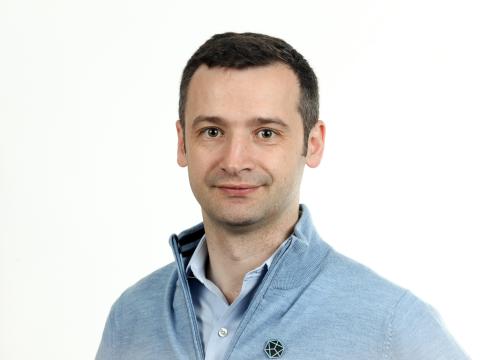Abstract
Sci Signal. 2025 Oct 14;18(908):eadv8801. doi: 10.1126/scisignal.adv8801. Epub 2025 Oct 14.
ABSTRACT
Antigen receptor diversity depends on the assembly of variable (V), diverse (D), and joining (J) exons in genes encoding immunoglobulins (Igs) and T cell receptors (TCRs). During V(D)J recombination, DNA double-strand breaks (DSBs) introduced by the RAG1/2 nuclease complex are repaired by the process of nonhomologous end-joining (NHEJ). We hypothesized that functional redundancies between NHEJ and the chromatin DSB response, which depends on the kinase ATM, potentially masked the activity of additional factors that regulate V(D)J recombination. We performed targeted CRISPR-Cas9 knockout screens for genes implicated in V(D)J recombination in pro-B cells that were either untreated or treated with an ATM inhibitor. We found that loss of the RNA/DNA helicase senataxin (SETX) impaired V(D)J recombination and led to the formation of aberrant hybrid joints between coding ends and signal ends, both in vitro and in mice. The loss of SETX in a background deficient in the NHEJ factor XLF or in which ATM was inhibited led to substantial impairment of V(D)J recombination and to the presence of unsealed coding ends. SETX limited aberrant activation-induced cytidine deaminase (AID)-induced DNA end-joining between Igh-containing alleles during the process of class-switch recombination. Together, our findings reveal a previously uncharacterized role for SETX in promoting recombination fidelity during antigen receptor gene diversification.
PMID:41086252 | DOI:10.1126/scisignal.adv8801
UK DRI Authors
